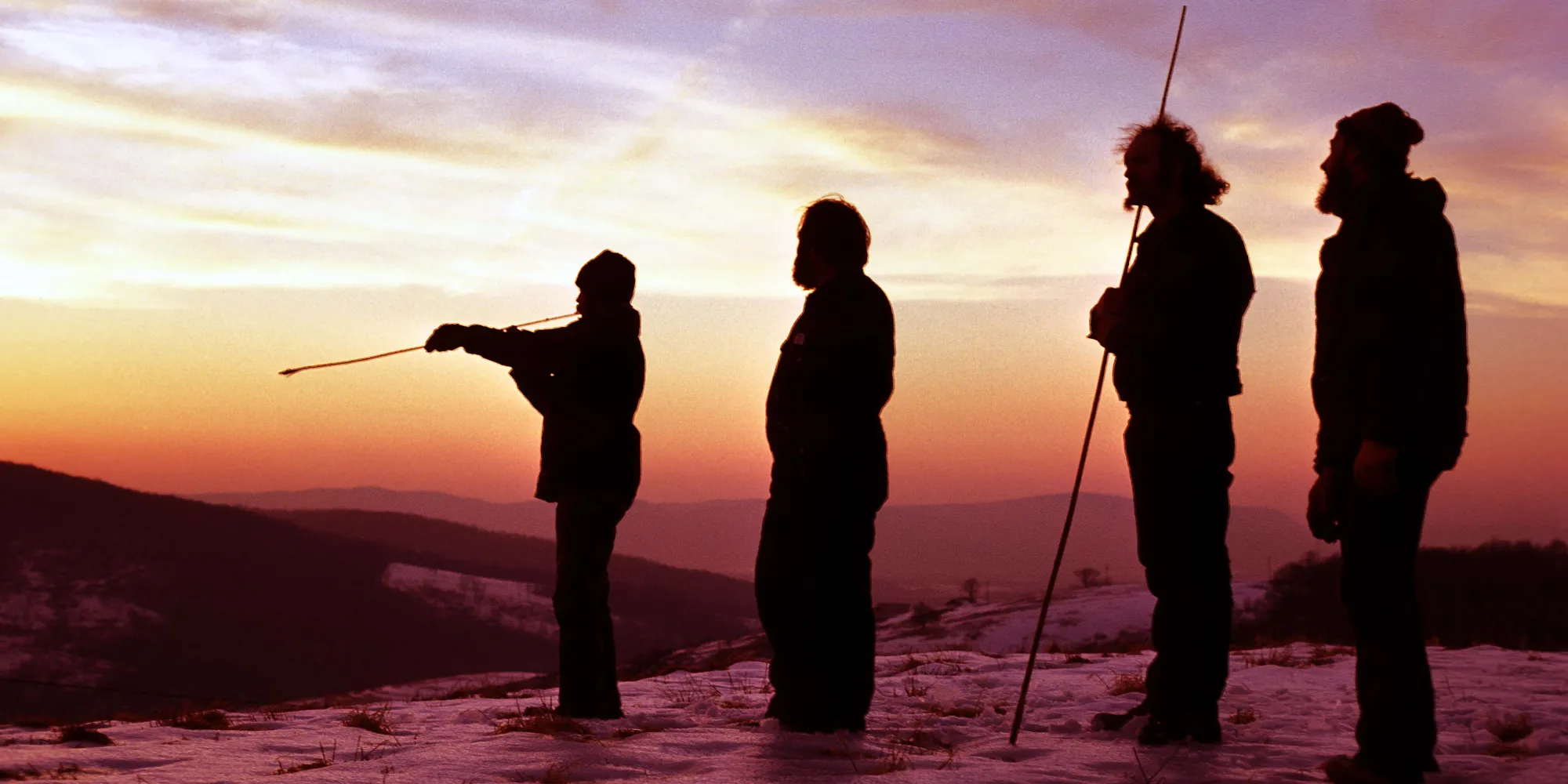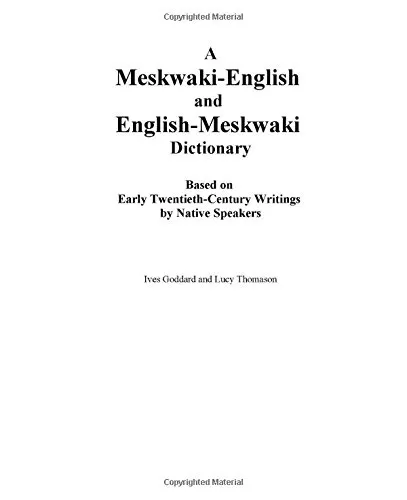
Search

News from Recovering Voices
The Meskwaki Dictionary & Mother Languages: Are Native Language Dictionaries a Response to Language Loss?
By: Laura Sharp, with Dr. Ives Goddard and Dr. Lucy Thomason
02/21/2015

Every year for the last 15 years, the world pauses for one day in February to recognize & promote linguistic and cultural diversity and multilingualism. Saturday February 21, 2015 the world will celebrate the 15th annual International Mother Tongue Day, also referred to as Mother Language Day. Mother Language Day was pioneered by the United Nations Educational, Scientific and Cultural Organization (UNESCO) in an effort “to promote the preservation and protection of all languages used by peoples of the world” as a human right. On February 21, 1954, Bangla language speakers organized a protest in what is now Dhaka, Bangladesh (then part of Pakistan) to stand up for their right to speak their own language. The protest turned violent and resulted in several native Bangla (Bengali) speakers being shot and killed.
Over sixty years later, maintaining one’s Mother Tongue (or Mother Tongues) remains an ongoing concern. Whether by force or by concession, an alarming number of languages have been lost and continue to be lost particularly as dominant languages become more prominent across the globe. Efforts to revive or revitalize languages have grown in recent decades. A number of native language dictionaries have emerged during this time. One of those, published just last year, is the 423-page “A Meskwaki-English and English-Meskwaki Dictionary” compiled by Dr. Ives Goddard and Dr. Lucy Thomason of the National Museum of Natural History.
Building on earlier work of linguists Leonard Bloomfield and James A. Geary, the Meskwaki dictionary was created over a 40-year period during which Dr. Ives Goddard and Dr. Lucy Thomason transcribed and analyzed some 27,000 pages of archival material in the National Anthropological Archives written by native Meskwaki speakers over 100 years ago. This process involved meticulous, time consuming transcription, 15 years of periodic return visits to the community to confer with and verify for accuracy with native speakers and elders, and finally a collaborative write up, revisions, publishing and distribution. This dictionary is of great interest to linguists, language scholars, native community members working their own language programs, and is also of great value to the Meskwaki Nation.
The Sac and Fox Tribe of the Mississippi in Iowa/Meskwaki Nation is a tribe of a total of 1400 enrolled tribal members. The settlement, over 8,000 acres of land of the Meskwaki Nation is located in in Tama County & Palo Alto County in central Iowa. Of this population, there are roughly 200-300 native Meskwaki speakers. One aspect of the community elementary school’s motto is to “preserv(e) the language and culture of the Meskwaki Tribe”, and there are language revitalization initiatives under way including a recent full immersion program in the community. Two young women of the community, both Meskwaki speakers, have been pursuing graduate studies in linguistics. While these developments are encouraging and will benefit the community, a larger, perhaps obvious, question remains. Why spend more than 20 years producing a nearly 500-page dictionary for such a small community of native speakers? Furthermore, why a dictionary? The answers to these questions, Dr. Ives Goddard, Linguist at the National Museum of Natural History, would explain, are rather complex.

When anthropologist Truman Michelson traveled to central Iowa in 1911, building on earlier work of scholars including William Jones, he discovered a community with a highly developed orthographic system for the Meskwaki language. At that time he offered to pay anyone in the community 5 cents per page of written content. This resulted in the 27,000 pages of written Meskwaki language materials now housed at the National Anthropological Archives. And it turns out, Goddard explains, “Meskwaki is an amazingly complicated language, just an incredible language…and it has a way of marking subjects and objects that currently dominant linguistic theory cannot handle”.
So to answer the first question – why spend 40 years producing such a dictionary– Goddard goes on to explain that regardless of the number of current native Meskwaki speakers “…until we understand Meskwaki, we really can’t understand English…Because part of the theory (of linguistics) is to make the distinction between what is hard wired and universal for all human beings, and what is learned (as part of the exposure to a particular language), we need to study the languages that challenge our expectation of what is universal”. If Meskwaki ‘bucks the trend’ in current linguistic theory, and suggests that even a relatively small language community offers new information about the human mind (about what is learned and what is hard wired) imagine what all the more than 6,000 languages in the world can tell us about the language faculty and the human mind. So the question that follows is, what are we losing about our attempt at understanding the human experience as a civilization if these languages disappear? And are native language dictionaries an answer to preserving the knowledge these languages hold?
For Meskwaki, Goddard clarifies that the Meskwaki community “should speak for themselves to answer that question”. It turns out thirty copies of the dictionary are already in use in the community elementary school. One school teacher from the community has reviewed the book and suggested that it would become useful for the students. Is it the answer, though, to the challenge of language loss for native speakers? What about language immersion programs or language nests? Goddard explains quite simply “you can do all these things; a dictionary can work parallel with other efforts”. A dictionary “…opens the mind to the possibilities…makes one think ‘gee there are a lot of words in this language’…and that’s always a revelation right away…”. The Meskwaki dictionary includes cultural information such as the range of terms used for the kinship system. Goddard explains that once you understand the basic writing system of the language, anyone can read the dictionary and learn to pronounce the words of the language. So, although native language dictionaries are not solely used to save a language, they are perhaps one important tool in a growing toolkit of strategies being used in language revitalization initiatives. And perhaps, play an even greater important role within linguistics in broadening our understanding of the human experience.
“A Meskwaki-English and English-Meskwaki Dictionary, ” by Dr. Ives Goddard and Dr. Lucy Thomason is available by order from the publisher, Mundart Press, and on Amazon.com.